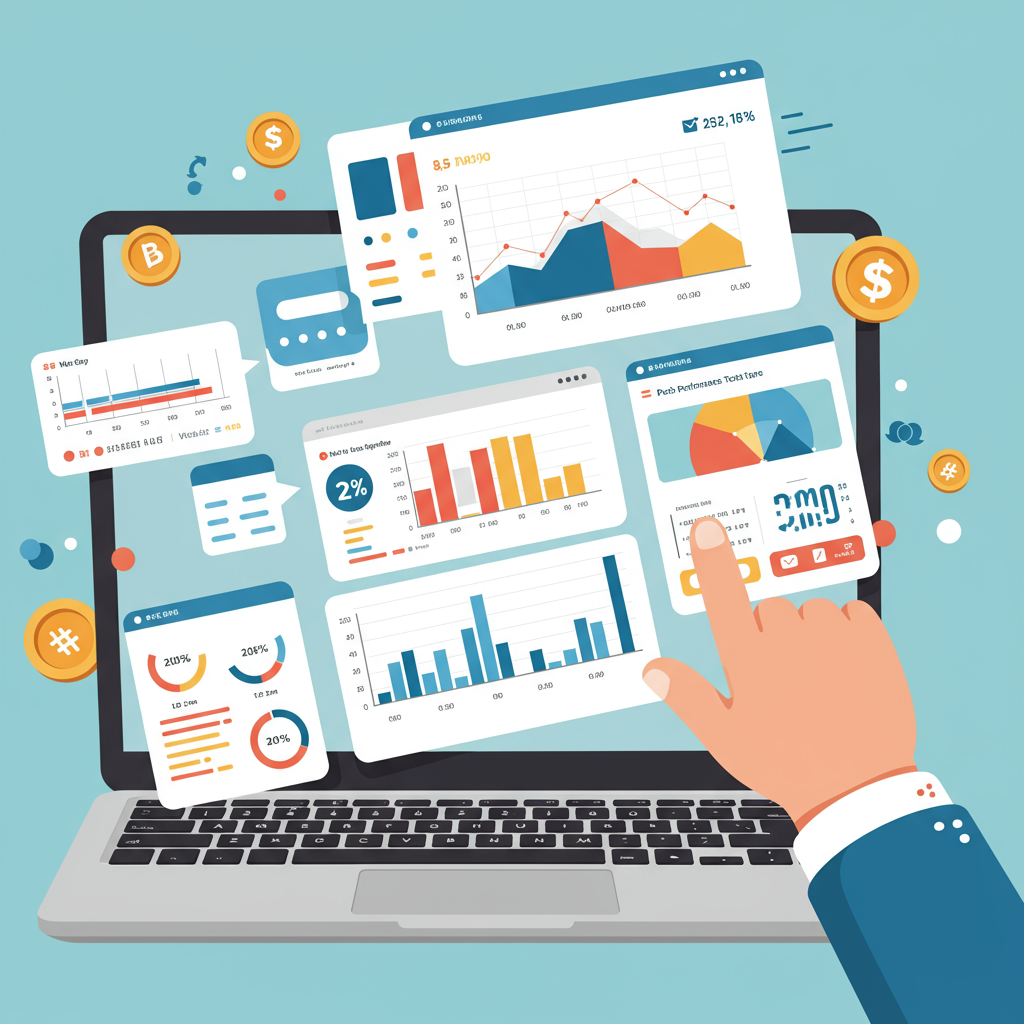A comprehensive guide for merchants to diagnose and improve their online store’s performance.
As a Shopify merchant, I know firsthand how crucial every aspect of our online store is. We pour our hearts into product selection, marketing, and customer service.
But there’s one silent killer that can undermine all that hard work: a slow website. I’ve seen it happen, and it’s incredibly frustrating.
A sluggish Shopify store doesn’t just annoy visitors; it actively drives them away. It impacts your search engine rankings, conversion rates, and ultimately, your bottom line.
That’s why I believe understanding and utilizing speed testing tools is not just an option, but a necessity for any serious Shopify entrepreneur.
Today, I want to walk you through the essential tools I use and recommend for diagnosing and improving your Shopify store’s performance.
Let’s start with the most accessible tool, one that Shopify itself provides: the Online Store Speed report. You can find this right within your Shopify admin.
Navigate to ‘Online Store’ and then ‘Themes’. You’ll see a section dedicated to ‘Online Store Speed’. This gives you a score out of 100, calculated daily.
This score is based on Google Lighthouse performance metrics, specifically focusing on Core Web Vitals like Largest Contentful Paint (LCP), First Input Delay (FID), and Cumulative Layout Shift (CLS).
While it’s a great starting point and offers a quick overview, I find its recommendations can sometimes be a bit generic or lack the deep dive needed for complex issues.
For a more comprehensive analysis, I always turn to external tools. My go-to is Google PageSpeed Insights, which is free and incredibly powerful.
Simply enter your store’s URL, and it will provide a detailed report for both mobile and desktop performance. Remember, mobile speed is often more critical given today’s browsing habits.
PageSpeed Insights gives you two types of data: ‘Field Data’ (real-world user experience) and ‘Lab Data’ (simulated performance). Both are valuable for different reasons.
It highlights ‘Opportunities’ for improvement, such as optimizing images, deferring offscreen images, or eliminating render-blocking resources. These are actionable suggestions.
Below that, you’ll find ‘Diagnostics,’ which offers more technical insights into how your page loads and executes JavaScript. It’s a treasure trove for developers or those willing to dig deeper.
Another fantastic tool I frequently use is GTmetrix. It offers a slightly different perspective and some unique features that complement PageSpeed Insights.
GTmetrix provides a ‘Performance Score’ and a ‘Structure Score,’ along with a summary of key metrics like LCP, Total Blocking Time (TBT), and CLS.
What I particularly love about GTmetrix is its ‘Waterfall Chart.’ This visual breakdown shows you every single request your page makes, how long each takes, and in what order.
It’s incredibly useful for identifying bottlenecks, like slow-loading scripts or large image files. You can also test from different global locations, which is great for understanding international user experience.
For the truly advanced user or when I need to diagnose very specific, complex issues, WebPageTest.org is my preferred choice.
WebPageTest allows for highly customizable tests, including choosing specific browsers, connection speeds, and even running multiple tests to get an average.
Its ‘Filmstrip View’ is a standout feature, showing a frame-by-frame progression of your page loading. This helps visualize exactly when content appears to the user.
It also distinguishes between ‘First View’ and ‘Repeat View,’ which is important for understanding how caching affects subsequent visits.
Beyond these dedicated tools, I also leverage my browser’s built-in developer tools. In Chrome, for instance, the Lighthouse audit within the DevTools panel provides a quick, on-the-fly performance report.
The ‘Network’ tab is invaluable for seeing all network requests, their sizes, and load times in real-time as you browse your store. It’s a raw, unfiltered look.
When tackling speed, remember that common culprits include unoptimized images, excessive third-party apps, complex themes, and inefficient code.
I always recommend starting with image optimization – it’s often the lowest hanging fruit. Use modern formats like WebP and compress them without losing quality.
Review your installed apps regularly. Each app adds code, and too many can significantly slow down your store. Ask yourself if you truly need every single one.
Your theme choice also plays a huge role. Some themes are inherently more lightweight and optimized than others. Consider a performance-focused theme if yours is particularly heavy.
After making any changes, no matter how small, I always re-test using these tools. It’s the only way to confirm if your efforts have made a positive impact.
Speed optimization is an ongoing process, not a one-time fix. Regularly monitor your store’s performance and address issues as they arise.
Investing time in understanding and using these Shopify store speed testing tools will pay dividends in improved user experience, better SEO, and ultimately, higher conversions.
I truly believe that a fast store is a successful store in today’s competitive e-commerce landscape.
What do you think about this article? I’d love to hear your thoughts and if you have any other tools or tips you find useful!






